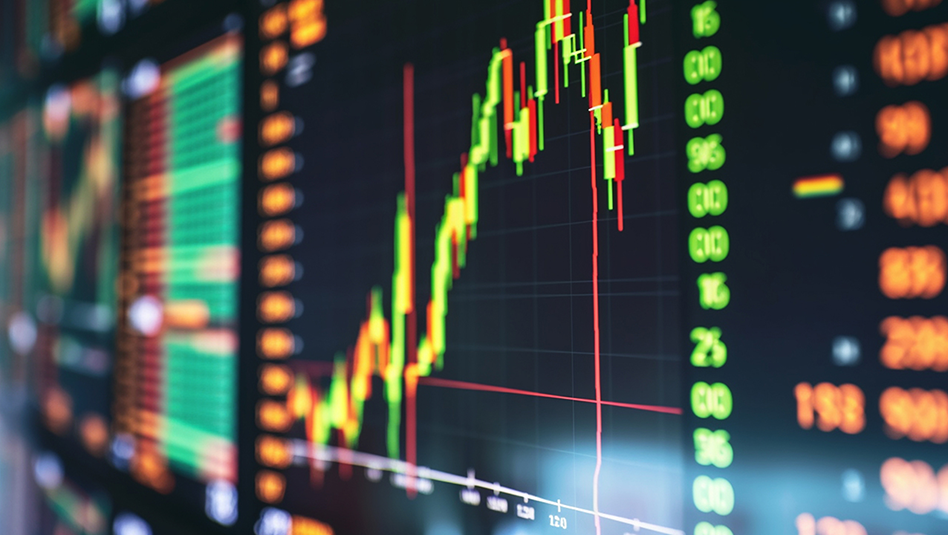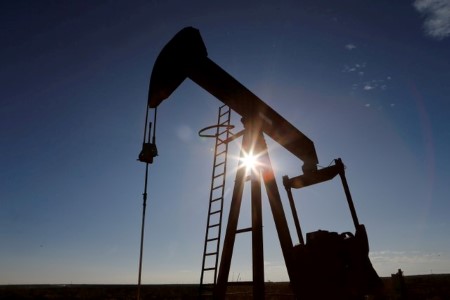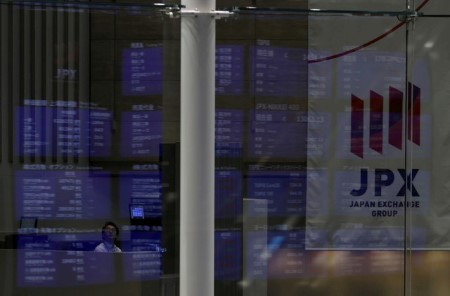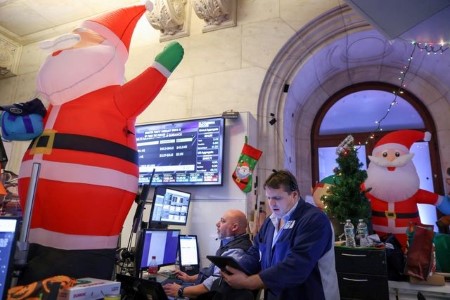NEW YORK, Dec 14 (Reuters) – The US Securities and Exchange Commission on Wednesday voted to propose some of the biggest changes to American equity market structure in nearly two decades, aimed at boosting transparency and fairness while increasing competition for individual investors’ stock orders.
The proposals include requiring marketable retail stock orders to be sent to auctions before they are executed, a new standard for brokers to show they get the best possible executions for client orders, and lower trading increments and access fees on exchanges, the SEC said.
“We feel that these reforms, if enacted, will ultimately help the price discovery process and save investor’s money,” said Joe Saluzzi, co-manager of trading at Themis Trading.
“Allowing orders to interact with each other, rather than segmenting them, will enhance competition and yield better prices.”
Opening up individual investor orders that can be immediately executed to competitive auctions could lead to “significantly” better prices for investors, the SEC said. Under current practice, retail brokers send most such orders to wholesale brokers, sometimes for a fee.
“The competitive shortfall could be worth about USD 1.5 billion annually, compared with current practice — money that could go back into retail investors’ pockets,” said SEC Chair Gary Gensler.
The changes, if adopted, would represent the biggest shakeup to stock market rules since the SEC introduced Regulation National Market System in 2005, which was aimed at modernizing and enhancing an increasingly fragmented and largely electronic marketplace.
Ronan Ryan, president and co-founder of exchange operator IEX Group Inc said the reforms were a “constructive and positive effort to improve transparency, increase competition, and ensure that investors can access the best prices available in the market.”
“It has been 17 years since the existing equity rules were adopted, and since that time, the stock market has seen significant change – including the advent of high-frequency trading, a dramatic decline in displayed liquidity on exchange, and a substantial rise in off-exchange trading,” said Ryan.
“Modernizing regulation ensures that market competition among brokers, market makers, and exchanges continues to benefit investors.”
The order competition rule, which would require marketable retail orders to be sent to auctions, could lead to more such orders being matched on exchanges, like the Nasdaq NDAQ.O or Intercontinental Exchange Inc’s New York Stock Exchange, rather than by wholesale brokers, like Citadel Securities and Virtu Financial.
Nasdaq said it believes in “transparent, fair, efficient, competitive and inclusive markets and that it looks forward to reviewing the SEC’s proposals.
Citadel Securities said in a statement that “any proposed changes must provide demonstrable solutions to real problems while avoiding unintended consequences that will hurt American investors.”
Firms that benefit from the status quo, such as wholesalers and retail brokers that receive payments from them, will likely fight the SEC’s proposals, said Stephen Hall, Better Markets’ Legal Director and Securities Specialist.
“It is imperative that the SEC resist industry pressure, carefully consider all stakeholder input, and finalize a set of rules that will truly help investors at long last to get a better deal on Wall Street,” said Hall.
The SEC also voted to propose requiring brokers to provide more information on the quality of their customer trades, while also expanding the number of firms that must file the order execution reports.
The proposed changes will be put up for public comment until at least March 31 before the regulator moves to finalize the rules, which will also be voted on.
The regulator also voted to expand disclosures around the trading of company shares by insiders, such as executives and directors, that have received equity-based compensation.
(Reporting by John McCrank; Additional reporting by Sinead Carew and Caroline Valetkevitch; Editing by Marguerita Choy and Stephen Coates)







 DOWNLOAD
DOWNLOAD











